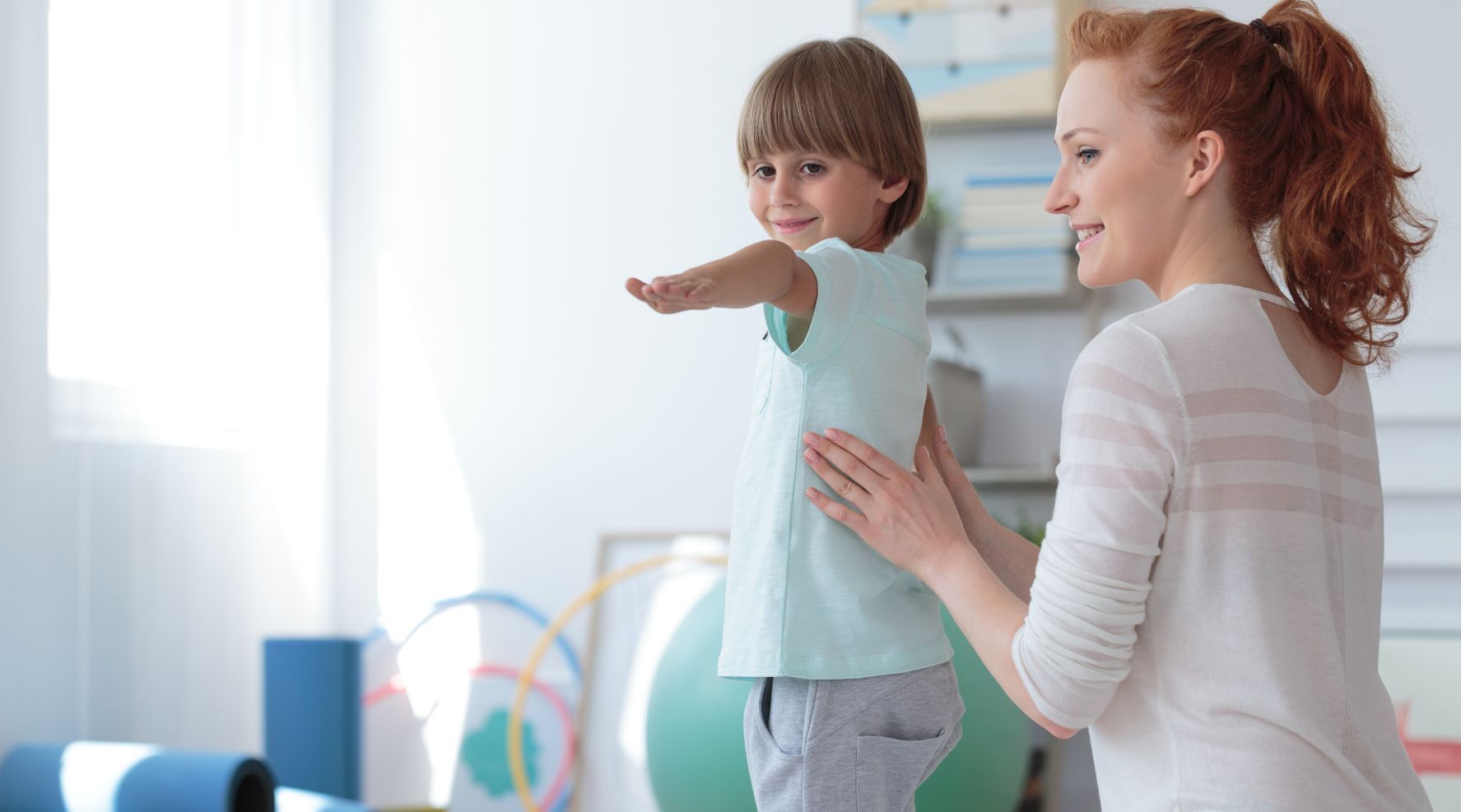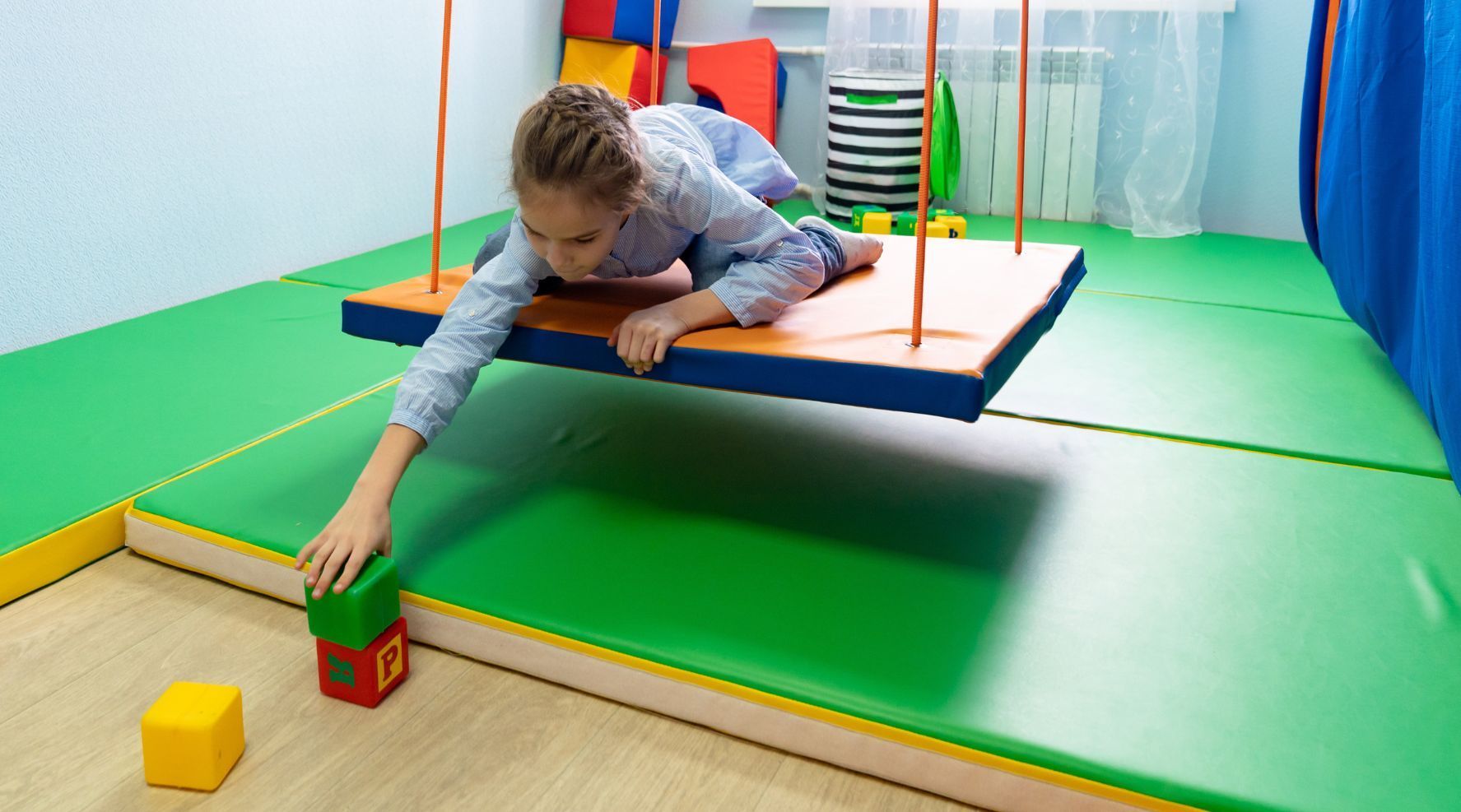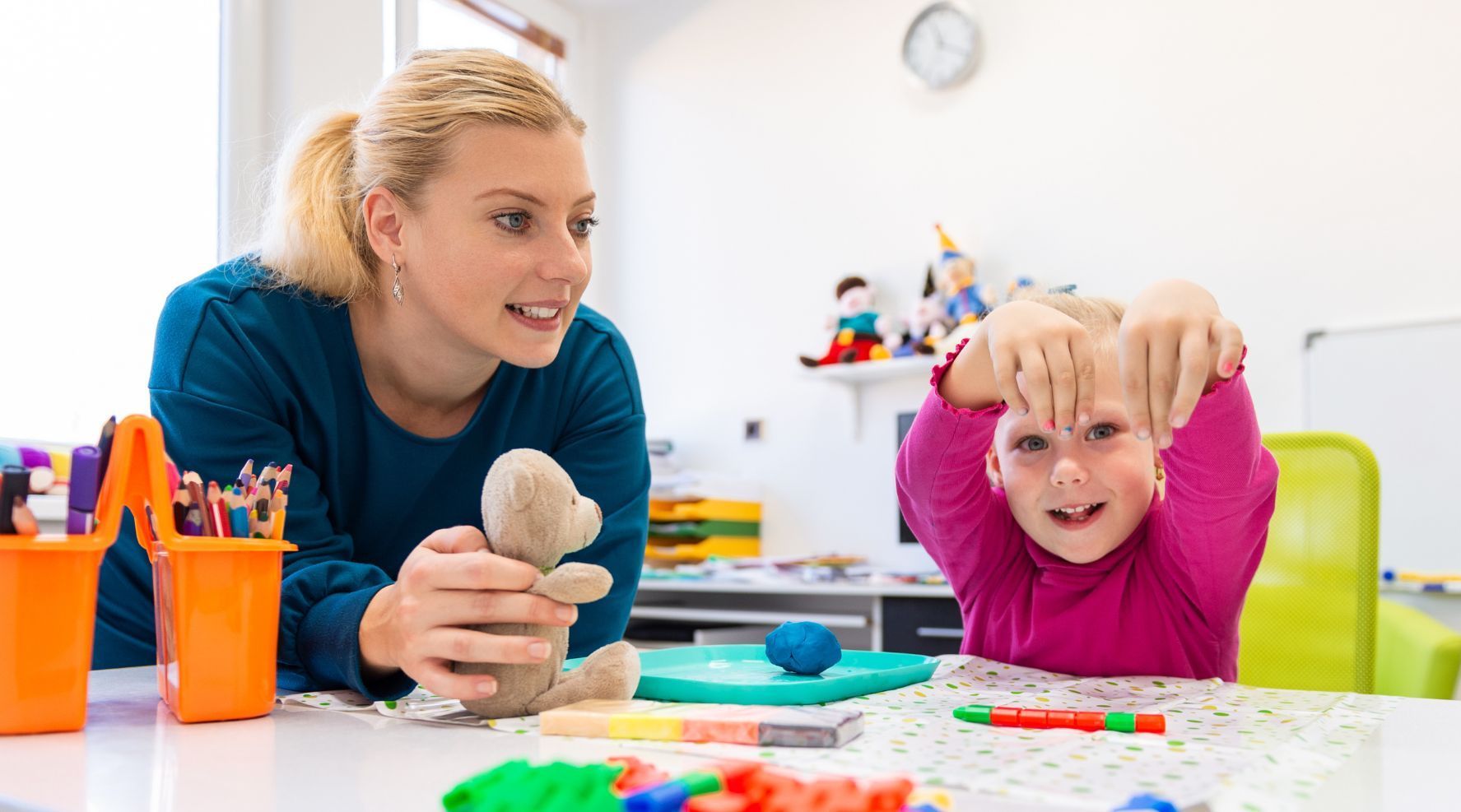Important Design Factors for Autism-Friendly Playgrounds
Schools and communities are catching on to the concept of inclusive recreation. Learn important design factors for autism-friendly playgrounds.
Most people in the U.S. understand the concept of accessibility. We expect curb-cuts, wide doorways, and large bathroom stalls with grab bars that accommodate people with various abilities. Compliance with the Americans with Disabilities Act (“ADA”) requires public playgrounds to be “accessible.”
Accessibility isn’t the same as inclusivity. Children with “invisible” developmental disabilities like autism should be welcomed at public playgrounds, too. As you advocate for greater inclusivity in your community, learn important design factors for autism-friendly playgrounds.
Fence It
While maintaining accessible entrances as required by the ADA, surround your playground with an attractive fence that’s not easy to climb. Some autistic children are prone to wandering or running off at a moment’s notice. Keeping kids within a defined, safe space where parents and caregivers can be confident that children won’t wander off is an important design factor for autism-friendly playgrounds.
Organize It
Cluster similar types of play equipment in defined areas, with easy to identify paths leading to groups of play equipment. Use a different colored rubber pathway to define navigation throughout the playground, leading children easily from one area to the next.
Include Sensory Experiences
A sand table or sandbox, water features, and musical features help kids with different sensory abilities experience textures and sounds in a controlled environment. An autism sensory playground includes features that offer a variety of sensory equipment and experiences that engage sight with color; sound with bells, trickling water, speaking tubes, or drums; touch with textures or pressure, like slides made of rollers instead of smooth plastic; and even smell with fragrant flowers in garden areas.
Incorporate a Seclusion Area
Autistic kids need a place to take a break when they are feeling overwhelmed by excessive sensory input. In school, many learn the skill of asking for a break when they need one. Make sure the playground includes a sheltered space, like a playhouse, cave, or roofed section of playground equipment where kids who need alone time can rest.
Autistic kids are interested in other kids, but they may have barriers to interaction. Lack of confidence in social or communication skills, excess noise, or too little “personal space” can impact a child’s desire to play with others.
Autistic kids greatly benefit from “parallel play,” where they can play near but not with other kids. Parallel play also allows kids to observe each other from a comfortable distance. It may take years, but the day will come when an autistic child musters up enough courage to approach other kids, or to include themselves in group play. Make sure your playground is ready with autism-friendly playground designs and equipment. Call Royalty Sensory Gyms today to find out more about how to create a sensory-friendly playground that children with ASD will love.





